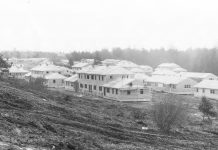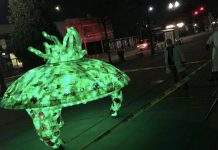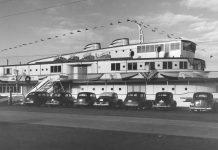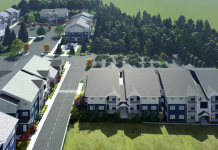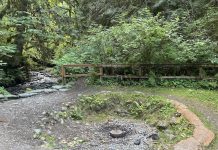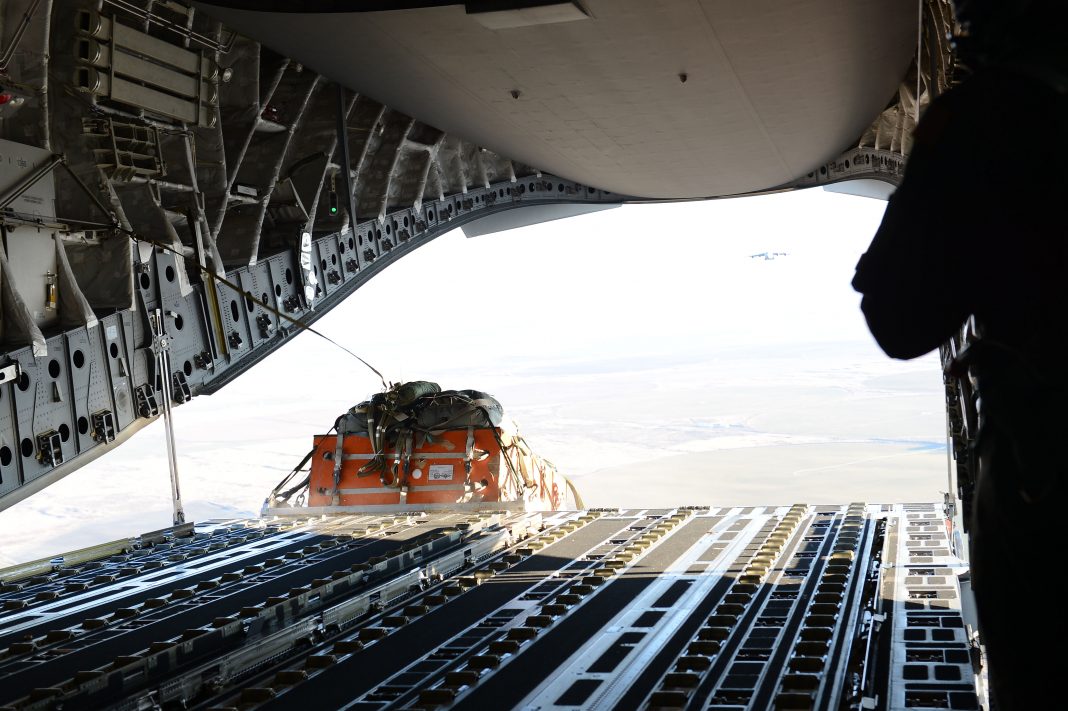McChord Field, the Air Force portion of Joint Base Lewis-McChord, is often overshadowed by its larger, Army sibling. But it has its own history, one that dates to well before the birth of the Air Force itself.
The formal effort to construct an airfield in Pierce County came in 1927, when local voters approved a bond to establish what was first called Tacoma Field. The site was selected to be next to Camp Lewis, which had also formed courtesy of local voters when they approved a bond to buy, build and then gift to the federal government the Army camp. Tacoma Field officially opened March 14, 1930. It operated as a single-strip, municipal airport, but was then transferred to the federal government in 1938 as America stepped up preparations for World War II.
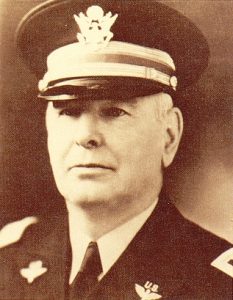
The airfield was renamed McChord Field in 1940. It drew its name from Army Air Corps Col. William McChord. He had died in 1937, when his plane crashed during a flight outside of Maidens, Virginia. The pre-war years had McChord serving as the headquarters of the effort to defend the Pacific Northwest as the drums of war with Japan and Germany grew loader. The field then soon became the home of Douglas B-18 medium bombers when the 17th Bombardment Group was moved up from California’s March Field.
War came on December 7, 1941. McChord’s aircraft soon flew search-and-sink patrols along the West Coast. One such patrol spotted and damaged a Japanese submarine near the mouth of the Columbia River just three weeks after war was declared. Crews from the 17th Bomb Group later transferred to Columbia Army Air Base in South Carolina, where several would be selected to carry out the famed Doolittle Raid on Tokyo, Japan, in April of 1942.
McChord Field then became a training center for fighter patrols and bombing crews, namely using B-17s and B-24s. Those planes were soon replaced by B-29 Super Fortresses, courtesy of the advancements in bomber designs from nearby Boeing facilities in King County. As war died down in Europe, McChord than took on the role of shuttling soldiers from Europe to the battles still raging in the Pacific.
In 1945, McChord was designated a permanent station by the Army Air Forces and became the home of the First and Second Bomb Wings. The field was re-designated McChord Air Force Base three years later, right after the Air Force formally became a separate branch of the Armed Forces.
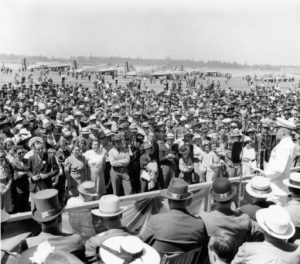
McChord took on the peace-time missions of a hub for military transport, air defense and humanitarian response efforts around the world. The base expanded in 1950, and the runway was extended to accommodate the needs of the jet-powered aircraft the Air Force was adding to its fleet to replace the piston-engine aircrafts used during World War II.
The upgrades were put to use the following year – McChord served as a hub for American and Canadian runs to Asia to deliver supplies and soldiers during the Korean War. The first year of the war saw more than 95,000 soldiers and airmen flowing through McChord. The base was expanded and expanded again to keep up with its growing role in the Cold War.
The war in Vietnam saw McChord, again, serving as a transportation hub for soldiers heading to Asia throughout the 1960s and early 1970s. Two F-106 jets from McChord were even pressed into service on November 21, 1971, to track the Portland-to-Seattle flight that Dan “D.B.” Cooper hijacked for $200,000 (he took the money with him as he jumped out of the plane somewhere in Southwest Washington).
Other non-conflict missions during that era included the recovery of the 918 bodies from the mass suicide-murder of the Jonestown residents in Guyana in November 1978 and the search for victims of the eruption of Mount St. Helens in 1980.
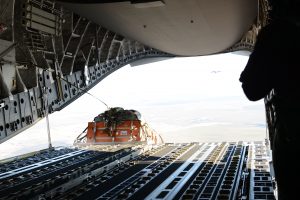
McChord’s airlift missions continued in 1990, with support missions for Operation Desert Shield and Desert Storm the following year as well as increasing humanitarian efforts around the world that included the eruption of Mount Pinatubo in the Philippines in 1991 and typhoon relief efforts in Guam and Hawaii in 1992.
The terror attacks of September 11, 2001, marked another boom in activity at McChord that soon included a constant flow of missions to and from Iraq and Afghanistan as well as humanitarian efforts such as cargo lifts in support of Hurricane Katrina relief in New Orleans.
The Base Reutilization and Closure commission of 2005 recommended joint basing for several military installations to increase efficiency. McChord and Fort Lewis were among those installations selected for merging. That came in five years later. On February 1, 2010, McChord Air Force Base and Fort Lewis merged into Joint Base Lewis-McChord.





